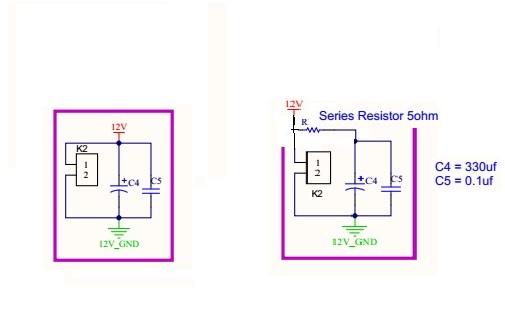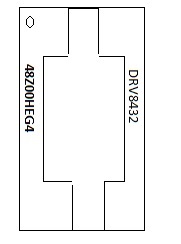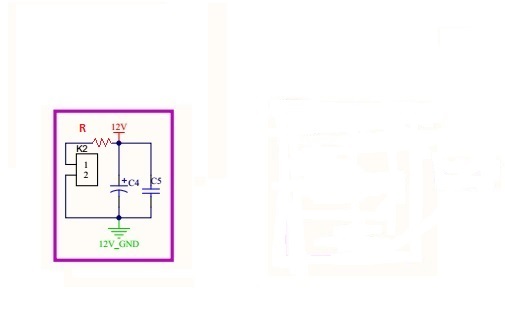Hello,
I am working on a PWM polarity inverting circuit for TEC module with 24V power supply, 1 TEC requires 12A driving current in total. so I am using DRV8432 in Parallel full bridge mode with my design and PWM operatable. I am trying to swap the polarity for heating and cooling. I am just sending a digital input for direction control to a microcontroller board. uC generates the PWM based upon the direction.
If it is in logic high - TEC heating
PWMA - 95% of dutycycle with 40Khz frequency
PWMB - 1% of duty cycle with negative logic
If it is in logic low - TEC cooling
PWMB - 95% of dutycycle
PWMA - 1% of duty cycle with negative logic
the board is working fine if i swap the direction pin slowly.
If i increase the rate of changing the direction. It triggers the *FAULT and *OTW. It is showing the output 0.66V.
Any shoot through is happening or something else. Ringing is also there on output at inductors.
Using the Boot strap capacitors of value 200nF.
Any suggestions would be appreciated!
-
Ask a related question
What is a related question?A related question is a question created from another question. When the related question is created, it will be automatically linked to the original question.




